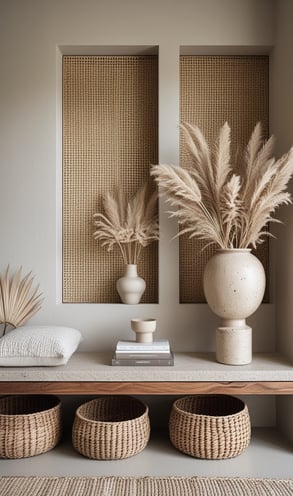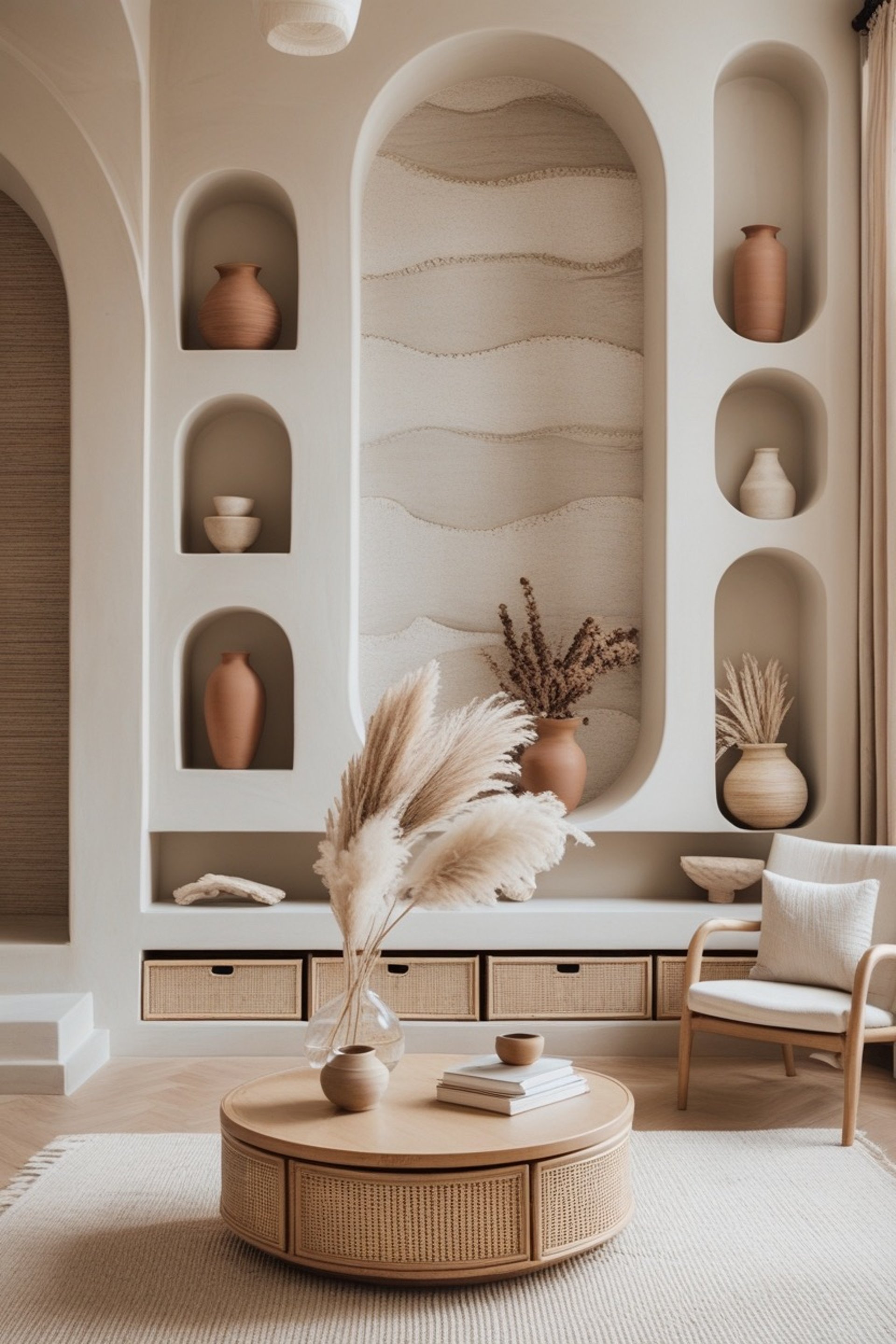
How to Style Wall Niches: Neutral Boho Living Room Ideas That Feel Effortlessly Chic
Discover how to style wall niches with earthy tones, natural textures, and minimalist decor for a modern boho living room that feels effortlessly warm and inviting.
LIVING ROOM INSPIRATION
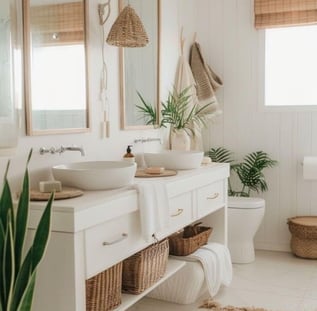

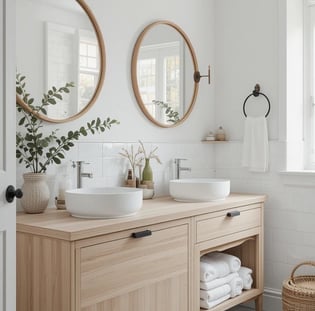

Ever stared at an empty wall and felt like something's missing?
Yep — we’ve all been there. The good news? There's one design feature that's quietly taking over Pinterest and Instagram feeds — and it's more versatile than you think: built-in wall niches. These sculptural little alcoves are not just architectural eye candy — they're the perfect way to showcase personality, texture, and warmth.
If you're into neutral palettes, cozy boho vibes, or that earthy, Japandi-meets-Mediterranean look... then you’re going to love this.
Let’s talk about how to style a wall niche that feels beautifully curated — not cluttered
Why Wall Niches Are the New Must-Have in Interior Design
Think of niches as mini design moments. They offer depth, structure, and charm to a plain wall — all while giving you a subtle stage to display your favorite decor pieces. Whether you're working with arched cut-outs or rectangular recesses, these little architectural gems add instant visual interest.
And in a neutral space? They absolutely shine.
Think of niches as mini design moments. They offer depth, structure, and charm to a plain wall — all while giving you a subtle stage to display your favorite decor pieces. Whether you're working with arched cut-outs or rectangular recesses, these little architectural gems add instant visual interest.
And in a neutral space? They absolutely shine.
Step 1: Start with Your Niche Structure — It’s All About Shape & Symmetry
Before we talk decor, let’s talk structure. The architectural shape of your niches sets the tone for your entire aesthetic.
Arched niches create a soft, Mediterranean feel and work beautifully in boho or organic modern homes.
Rectangular or square niches are more modern and minimalist, but still warm when paired with natural materials.
Layered niche walls (multiple niches in a symmetrical grid) make a bold design statement and allow for curated variety.
Tip: If your home doesn’t already have niches, consider adding faux niches using shallow shelving boxes or arched trim for a renter-friendly version.
Also think about placement — ideally, your niches should be centered on a key wall (like behind a sofa or in an entryway), and spaced evenly. A single large niche can work beautifully too, especially in small spaces.
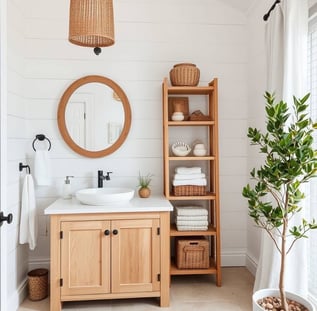

Step 2: Create a Cohesive Neutral Color Palette
Now that your structure’s set, your color choices will guide the mood. Neutral doesn’t mean boring — it means balanced, layered, and calming.
Here’s how to build a cohesive palette:
Base tones: Soft white, ivory, oat, or greige as your backdrop (think walls, shelving, or interior niche paint).
Accent neutrals: Clay, stone, taupe, sand, and muted terracotta to add warmth.
Pops of depth: Use matte black, dark bronze, or deep olive to ground the palette.
Design tip: Paint the interior of each niche a slightly darker or warmer tone than your walls — this creates subtle shadow play and makes decor stand out.
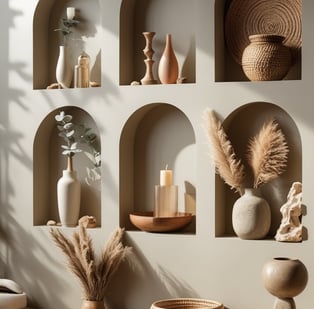

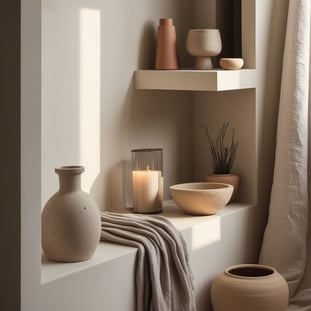

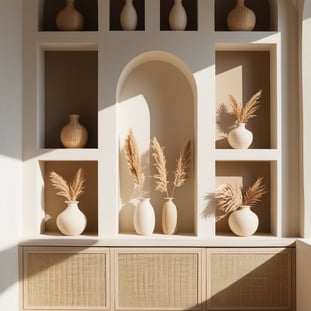

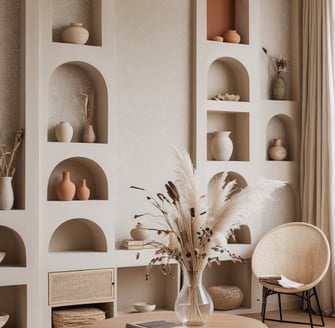

Step 3: Style with Texture and Shape — Not Just Color
This is where your wall comes alive. Think of each niche as a mini gallery — a chance to tell a story with shape, texture, and tone. You want variety without chaos.
Here’s how to layer like a stylist:
Use a mix of materials:
Ceramics: Matte, rough, or hand-glazed pieces feel artisanal and warm.
Glass: A few translucent vases or candle holders reflect light beautifully.
Wood & Stone: Add grounding tones with wooden bowls, trays, or carved sculptures.
Woven textures: Try a small basket or mini rattan piece for warmth.
Play with scale:
Use tall vases or branches in some niches and low, wide bowls in others.
Group odd numbers of items (3s or 5s) and vary their height for flow.
Include natural elements:
Dried pampas grass, eucalyptus, bleached ruscus, or bunny tails.
Driftwood or coral-style sculptures for an earthy organic feel.
Pro tip: Leave at least 30% negative space in each niche — don’t overcrowd! The breathing room is part of the design.
Step 4: Anchor the Wall with Functional & Beautiful Furniture
Once your niches are styled, you need to balance the space visually. This means styling the area beneath your niche wall to bring it all together.
Recommended pieces:
Low console table with natural wood, cane fronts, or stone top.
Bench or stool in rattan, boucle, or linen for soft contrast.
Woven baskets below for texture and hidden storage.
Style your furniture top with:
A stack of neutral coffee table books
A wide vase with overspilling dried florals
A sculptural lamp in ceramic or travertine
This makes your niche wall feel connected to the room, not just floating.
Step 5: Let There Be (Natural) Light
Light is your final design element — and the most overlooked. A well-lit niche wall turns decor into art.
Use sheer linen or cotton curtains to diffuse harsh sunlight.
Place a floor lamp or wall sconce nearby to add warm glow in the evenings.
If you’re taking photos for Pinterest, shoot in morning light for the softest shadows.
Lighting hack: Add LED strip lights inside the niches to softly highlight each one — warm white or candlelight tone only, never cool blue.
Step 6: Keep It Evolving — Not Static
Your niche wall shouldn’t feel like a museum. Switch things up seasonally:
In fall, add warm amber glass and cinnamon-toned florals.
In summer, try bleached wood and coastal textures.
Use it to showcase travel finds, handmade ceramics, or even candles.
This keeps your home feeling alive and lived-in, while staying beautifully styled.
Final Thoughts: Your Niche Wall Is a Work of Art
Wall niches are more than a trend — they’re a timeless way to bring architectural interest and personal style into any space.
Whether you're building them in from scratch or styling what’s already there, remember: simplicity, texture, and floware key.
Take your time, collect meaningful pieces, and let your style evolve. Because a well-styled niche wall doesn’t just lookgood — it makes you feel at home.
